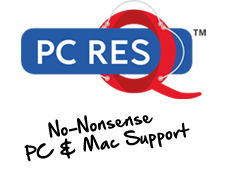Aoccdrnig to rscheearch at Cmabrigde Uinervtisy, it deosn’t mttaer in waht oredr the ltteers in a wrod are, the olny iprmoetnt tihng is taht the frist and lsat ltteer is at the rghit pclae. The rset can be a toatl mses and you can sitll raed it wouthit a porbelm. Tihs is bcuseae the huamn mnid deos not raed ervey lteter by istlef, but the wrod as a wlohe.
I’m guessing you managed to decipher my ramblings without pausing. This word-scrambling phenomenon is known as typoglycemia; playing mischievously with typo and glycemia, the condition of having low blood sugar. Typoglycemia is the ability to read a paragraph like the one above, despite it seemingly making no sense at first glance.
It’s made me question why I spend so much time writing several drafts of my emails, proofread them countless times on screen, on paper and then on a test email!
The Microsoft Word spell checker would have an almighty fit with the above, but I find that Word misses out a lot of basic spellings and grammar in my normally written emails. All these missed errors are thankfully picked up by an online tool called LanguageTool.
It’s free to use for online purposes, but it can be upgraded to Premium if you want to integrate it within Microsoft Word. Definitely worth checking out if you enjoy writing and dislike spelling mistakes.
Or if you prefer to stick with the free version, you can always Copy and Paste your content from Word into the online environment at https://languagetool.org/editor/new, and then carry out a grammar and spell check there.
But if you want to spell-check your wording online when entering information on other websites, you’ll need to install the browser extension. One example would be using WhatsApp on the web access. LanguageTool would automatically check the spelling and grammar as you type.
To install the LanguageTool for Google Chrome, you can download the extension from here.
And for Mozilla Firefox, download it from here.





